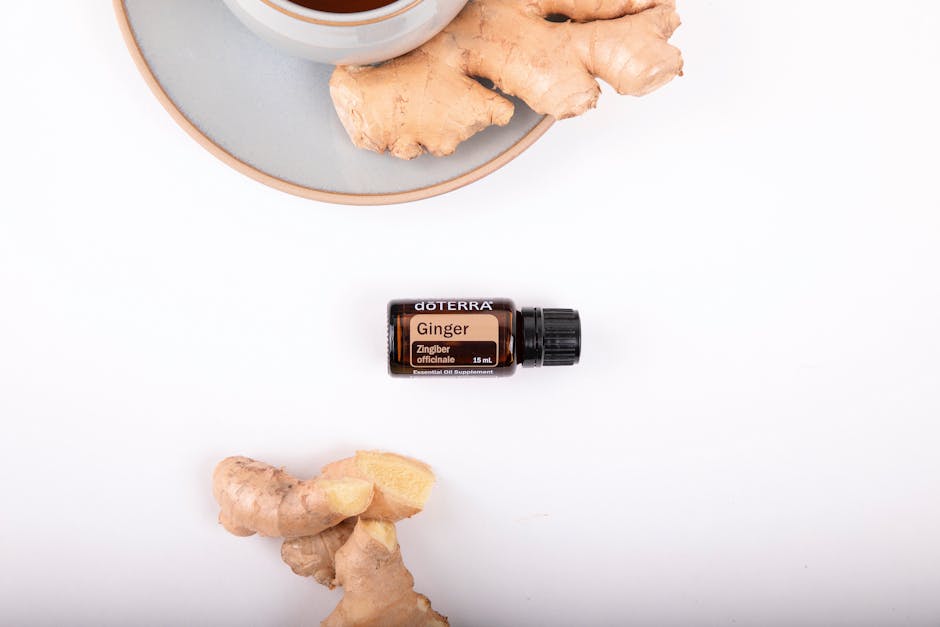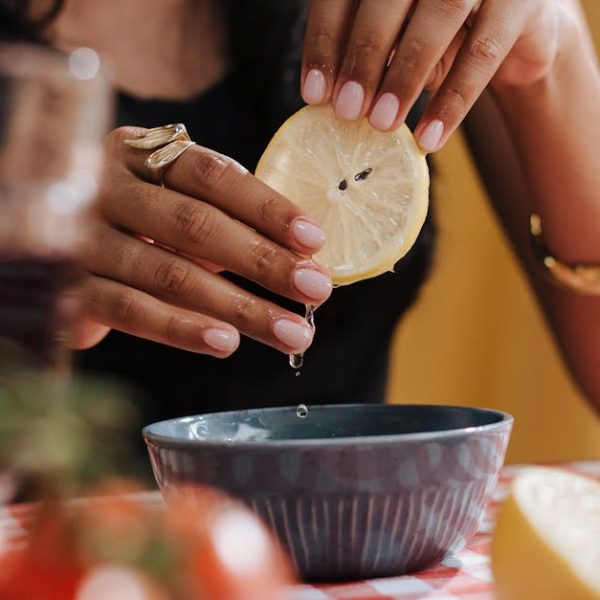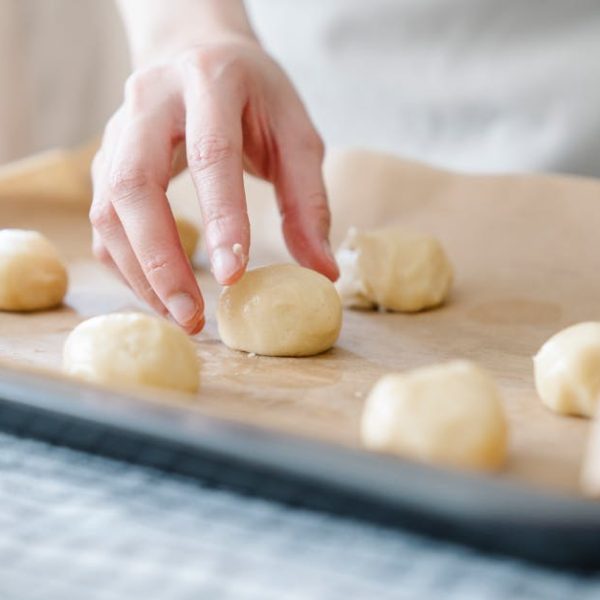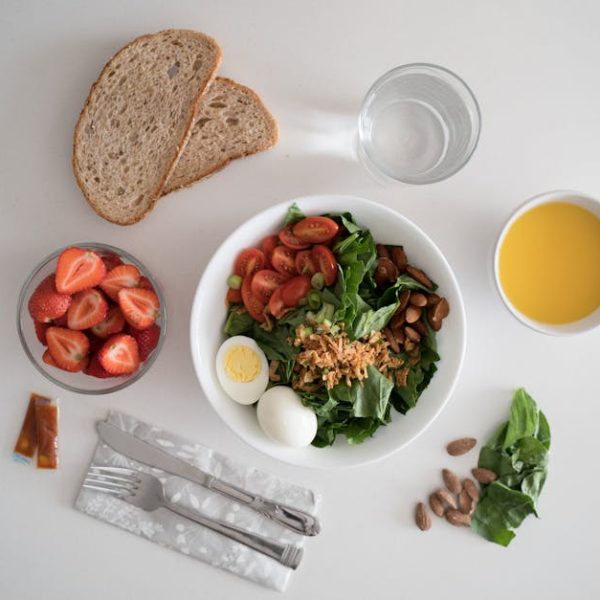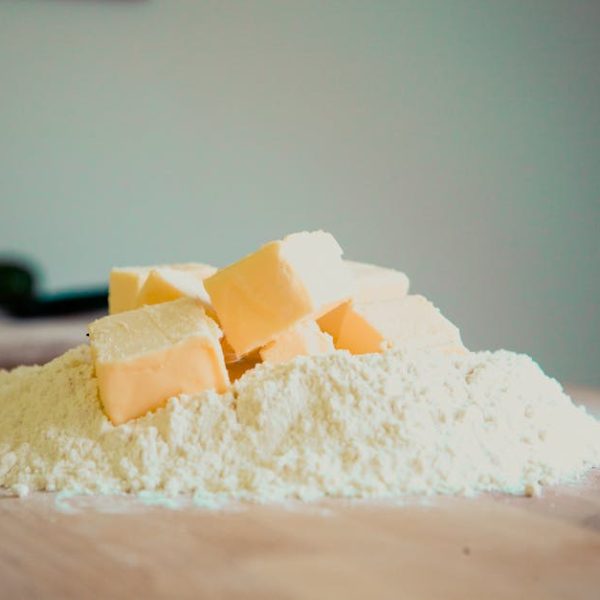Ginger. This aromatic, pungent, and spicy root is not just a favourite on the spice rack, but also praised for its medicinal properties. Fresh ginger, with its unique zing, elevates the flavor profile of hundreds of dishes around the world. The dilemma, however, lies in its short shelf life. But that doesn’t stop us from enjoying its fresh flavors, right? Here are seven quick and effortless methods to preserve fresh ginger and ensure it remains as versatile and indispensable as ever.
Freezing Whole Ginger
One of the simplest ways to preserve ginger is by freezing it in its whole form. First, clean the ginger thoroughly and leave it to dry. Select a freezer-safe bag or container, place the whole ginger root in it, and remove as much air as possible before sealing.
The bonus is that whole frozen ginger is easy to grate while still frozen. It can be stored in the freezer almost indefinitely – though for the best flavor, try to use it within six months.
Pro tip: Always use freezer-safe containers or bags when storing ginger. Excluding as much air as possible will aid in its preservation.
Checklist for Freezing Whole Ginger:
- Wash and dry the ginger root thoroughly
- Place in a freezer-safe bag or container
- Remove as much air as possible from the container before sealing
- Store in the freezer
Freezing Grated Ginger
Grated ginger is a common ingredient in numerous recipes, and freezing it pre-grated saves time whenever you need it. To freeze ginger in this way, peel and grate the ginger, then spread it out on a baking sheet. Once it’s frozen, collect it and store it in a bag or container. This method ensures you have pre-portioned ginger ready to use. It can keep for up to six months without losing much flavor.
Best Practices: Use a clean, dry grater to prevent any moisture from affecting the ginger. Freezing in measured amounts provides ready-to-use portions for your recipes.
A comparison to remember: In terms of flavor, frozen grated ginger does lose a touch more vibrancy than whole frozen ginger. However, the convenience of having it ready to go often outweighs this slight alteration in taste.
Drying Ginger
Drying ginger is an excellent method for long-term storage. There are two ways you can dry ginger – air drying and using an oven or dehydrator. Air drying simply requires peeling the ginger and slicing it thinly, then leaving it to dry in a well-ventilated and warm area for about a week. Alternatively, you can hasten the process by using an oven or dehydrator.
Pro tip: For air drying, ensure you’re in a warm, dry environment with good air circulation to prevent the growth of mould.
Checklist for Drying Ginger:
- Peel and slice the ginger
- Lay the slices in a well-ventilated, warm area
- Leave to dry for about a week, or until no moisture remains
Making Ginger Paste
If you frequently use ginger in your recipes, making and preserving ginger paste would be an ideal method for you. Ginger paste offers the same freshness as whole ginger and saves preparation time. The process is simple – blend peeled ginger with a little water until it reaches a pasty consistency. You can store this paste in a clean glass jar in the fridge and use it within three weeks.
Best Practice: Add a bit of salt or oil to the paste before storing. These not only enhance the flavor but also help preserve the paste for a longer duration.
Pros and Cons: Ginger paste’s main advantage is convenience. The paste is always ready to go, eliminating the need for peeling and grating. However, the downside to this method is its relatively short shelf life compared to other preservation methods.
Pickling Ginger
Pickling ginger, also known as gari, is a familiar sight in Asian cuisine, particularly as a side dish for sushi. The process involves thinly slicing young ginger and marinating it in a sugar-vinegar solution. This method enhances the ginger’s taste and extends its shelf-life for several months when refrigerated.
Pro tip: Young ginger works best for pickling because of its tender flesh and thin skin. It gives the best texture and flavor to your pickled ginger.
Checklist for Pickling Ginger:
- Peel and thinly slice the ginger
- Prepare the pickling solution (sugar and vinegar)
- Marinate the ginger in the solution
- Store in a clean jar in the fridge
Storing Ginger in Alcohol
Preserving ginger in alcohol can give you a product with intensified flavor, perfect for cooking specific dishes. To store ginger in alcohol, place the peeled and sliced ginger in a jar and completely cover it with a spirit of your choice, such as vodka or sherry. This method can preserve ginger for several months in the refrigerator.
Best Practice: The choice of alcohol can significantly impact the resulting flavor of the ginger. Choose a type that will complement your dishes.
‘Versus’: While alcohol-preserved ginger retains much of its flavour and gives an extra kick, it may not be suitable for all cooking situations due to the added alcohol taste. The other methods discussed provide a more natural ginger flavor.
Storing Ginger in Honey
Storing ginger in honey is a perfect choice if you want to retain ginger’s medicinal properties and add a bit of sweetness. Slice or grate ginger and combine it with enough raw honey to cover completely. Ensure the jar is sealed tight and stored in a cool, dark place. Ginger preserved in honey can last up to a year without spoiling.
Pro tip: Always use raw, pure honey for the best preservative effect and flavor. Honey is a natural preservative, which gives your ginger a pleasantly sweet flavor.
Pros and Cons: The pros of this method are significant; it offers extended shelf-life, medicinal benefits, and a sweet taste. However, the sweetness may not suit all recipes, meaning this method isn’t the ideal choice for all cooking situations.
Preserving fresh ginger isn’t a daunting task, and you can pick a method that perfectly aligns with your cooking style and needs. Whether it’s freezing, drying, making a paste, pickling, or storing in alcohol or honey, keeping your ginger fresh and ready to use has never been easier. Just try one of these methods and enhance your culinary creations with the unique zing and aroma of ginger.
Key Takeaway:
- Freezing fresh ginger, whether whole or grated, is a simple method of preservation that ensures easy usage during cooking.
- Drying ginger provides an excellent option for long-term storage and can be done through air drying or using an oven or dehydrator.
- Ginger paste offers convenience in daily cooking but has a comparatively shorter shelf life.
- The traditional method of pickling ginger, largely used in Asian cuisines, provides excellent flavor and prolonged preservation.
- Preserving ginger in alcohol or honey offers unique benefits including flavor enhancement and medicinal value along with preservation.
While preserving ginger may seem challenging, these methods simplify the process significantly. Expanding your ginger’s lifespan allows you to keep this essential kitchen ingredient close at hand. So go ahead, use these easy ginger preservation techniques and savor the ginger-enhanced flavors in your dishes!
FAQs
Q: Can I freeze ginger without peeling?
A: Yes, you can freeze ginger without peeling. However, you may want to wash it thoroughly first to remove any soil or debris.
Q: Does grated ginger lose its flavor when frozen?
A: While freezing may result in a slight modification in taste, grated ginger retains most of its original flavor when properly frozen and stored.
Q: If I don’t have an oven or dehydrator, can I still dry ginger?
A: Yes, you can still dry ginger using the air-drying method. This requires a warm, dry area with good air circulation to be effective.
Q: Is it better to store ginger paste in the fridge or freezer?
A: Ginger paste can be stored in the fridge for regular use due to its ease of accessibility and good shelf-life. However, for long-term storage, freezing the paste is a better option.
Q: How should I store ginger preserved in honey?
A: Ginger preserved in honey should be stored in a cool, dark place with the jar tightly sealed. This method can keep ginger fresh and usable for up to a year.
We encourage you to share this article with your friends and explore more informative posts on our website.
